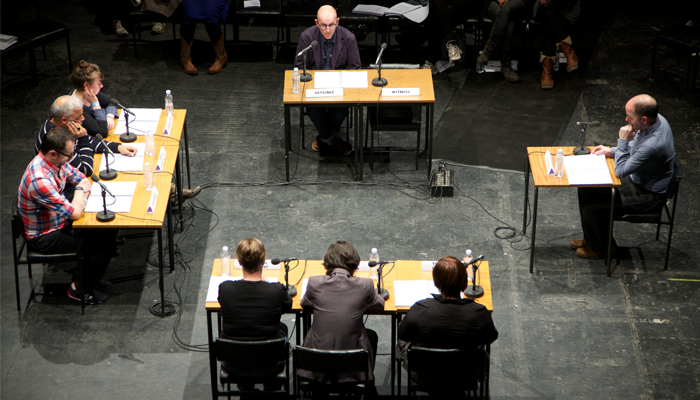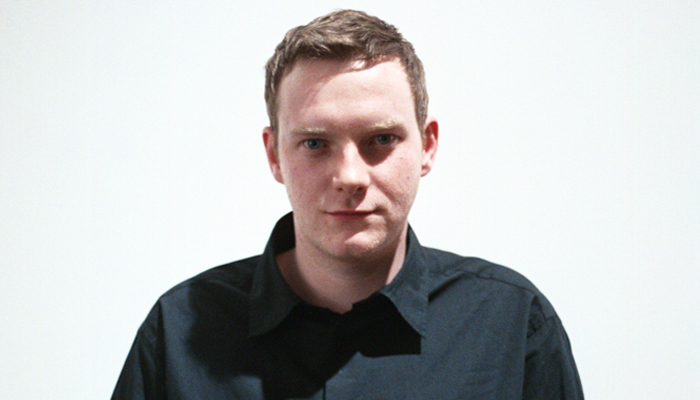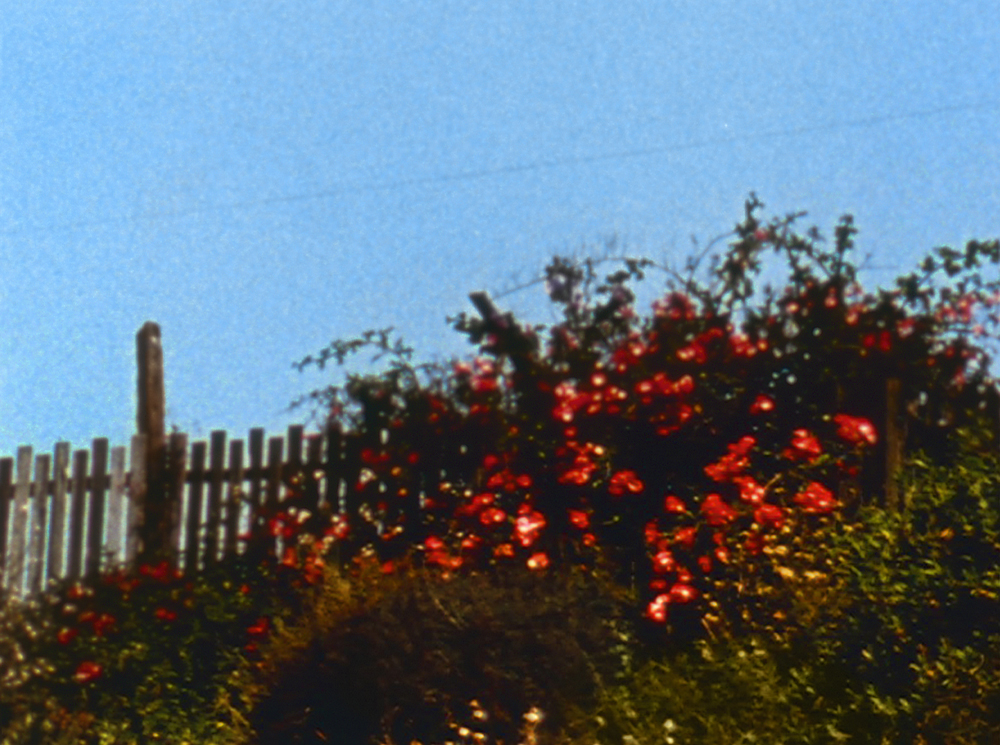Film Programme 3: Place
Film Programme 3: Place
Each of these films addresses place, landscape or location and the personal reaction to their magical or concrete properties. Watch out for Kren’s structural, throbbing investigation of a forest and Baillie’s intimate and humble essay on a blind guitarist and the relationship between songs of Mexican revolutionaries and the people and places they looked to inspire.
Erkki, Tomas & Arttu, Dir. Jonna Karanka, Finland, 2003, 1mins 30 secs, DVD
Music: Reijo Pami
It was a misty morning in the stallionwater village. Three brothers of seven were doing their rituals as usual. No doubt this certain morning everyone was whacking enamoured of the nocturnal religious opera which had haunted everyone’s woodsy dreams whole night through. So I happened to be awake too and document the spirits breaking free. (Jonna Karanka)
Jonna is a member in Avarus, The Anaksimandros and Kukkiva Poliisi families and is a soloist as kuupuu.
All My Life, Dir. Bruce Baillie, USA, 1966, 3 mins, 16mm
Music: Ella Fitzgerald
One shot, early summer in Mendocino. Song, All My Life by Ella Fitzgerald with Teddy Wilson and his orchestra (Bruce Baillie)
Inspired by the magnificent daylight, All My Life is a continuous, single-shot film in which the camera pans along a flower lined, weathered fence followed by a gentle, vertical tip skyward. (Donna Albano)
Versailles, Dir. Chris Garratt, UK, 1976, 11 mins, 16mm
For this film I made a contact printing box, with a printing area 16mm x 185 mm which enabled the printing of 24 frames of picture plus optical sound area at one time. The first part is a composition using 7 x one second shots of the statues of Versailles, Palace of 1000 Beauties, with accompanying soundtrack, woven according to a pre-determined sequence. Because sound and picture were printed simultaneously, the minute inconsistencies in exposure times resulted in rhythmic fluctuations of picture density and levels of sound. Two of these shots comprise the second part of the film which is framed by abstract imagery printed across the entire width of the film surface: the visible image is also the sound image. (Chris Garratt)
30 Sound Situations, Dir. Ryszard Wasko, Poland, 1975, 10 mins, 16mm
An analytical range test of resonance in a variety of locations; a study in the perception of sound and the limits of standard recording mechanisms. In turn a matter of fact documentary tour of Poland in the 70’s.
Valentin de las Sierras, Dir. Bruce Baillie, USA, 1967, 10 mins, 16mm
Song of revolutionary hero, Valentin, sung by Jose Santollo Nasido en Santa Cruz de la Soledad; Chapala, Jalisco, Mexico. (Canyon Cinema)
3/60 Bäume im Herbst, Dir. Kurt Kren, Austria, 1960, 5 mins, 16mm
The first embodiment of (a) concept of structural activity in cinema comes in Kren’s Bäume im Herbst, where the camera as a subjective observer is constrained within a systematic or structural procedure, incidentally the precursors of the most structuralist aspect of Michael Snow’s later work. In this film, perception of material relationships in the world is seen to be no more than a product of the structural activity in the work. Art forms experience. (Malcolm Le Grice)
Musical, Dir. Rob Gawthrop, UK, 1979, 15 mins, 16mm
An improvised musical construction.Three performers (only two are ever seen) play an array of metal and wooden percussion suspended from trees, wearing fur coats and gloves. They play three times for each 100ft take, superimposed onto itself complete with live fades of image and sound. (Rob Gawthrop)
Looking for Mushrooms (Long Version), Dir. Bruce Conner, USA, 1996, 14 mins 30 secs, 16mm
Music: Terry Riley
Conner cut Looking for Mushrooms down to 100 feet in 1965 in order to fit it into an endless-loop cartridge for continuous projection. In 1967 he added a soundtrack by The Beatles (“Tomorrow Never Knows”). Thirty years later, Conner revisited Looking for Mushrooms, extending it to 15 minutes by repeating each frame five times and adding a new soundtrack – “Poppy Nogood and the Phantom Band” (1968) by Terry Riley. (Brian Frye)
Aspect, Dir. Emily Richardson, UK, 2004, 9 mins, 16mm
Music: Benedict Drew
Aspect is filmed in a forest over the period of a year. Using photographic techniques, such as time-lapse and long exposures on single film frames the forest year is condensed into a few minutes. Light, colour and shadow travel across its surface and the film shifts between seeing the trees as trees and seeing the movement of light and shadow abstracting the real environment. Your eye is taken all over the screen with this perpetual movement and change of light and colour. There is no one focal point, – it is continuously changing. As with Redshift and Nocturne, light becomes the main protagonist.
In Aspect fragments of unconscious forest sounds, ants in their anthill, the wind across the forest floor, the crack of a twig are reconfigured into an audio piece which articulates the film (and the forest) in an illusive and ambiguous way. (Lux)
Below are some online links which you can use for reference. To see the films in their original glory, check with the distributors of the films for their terms and conditions.
Documentation
Artists

Various Artists

